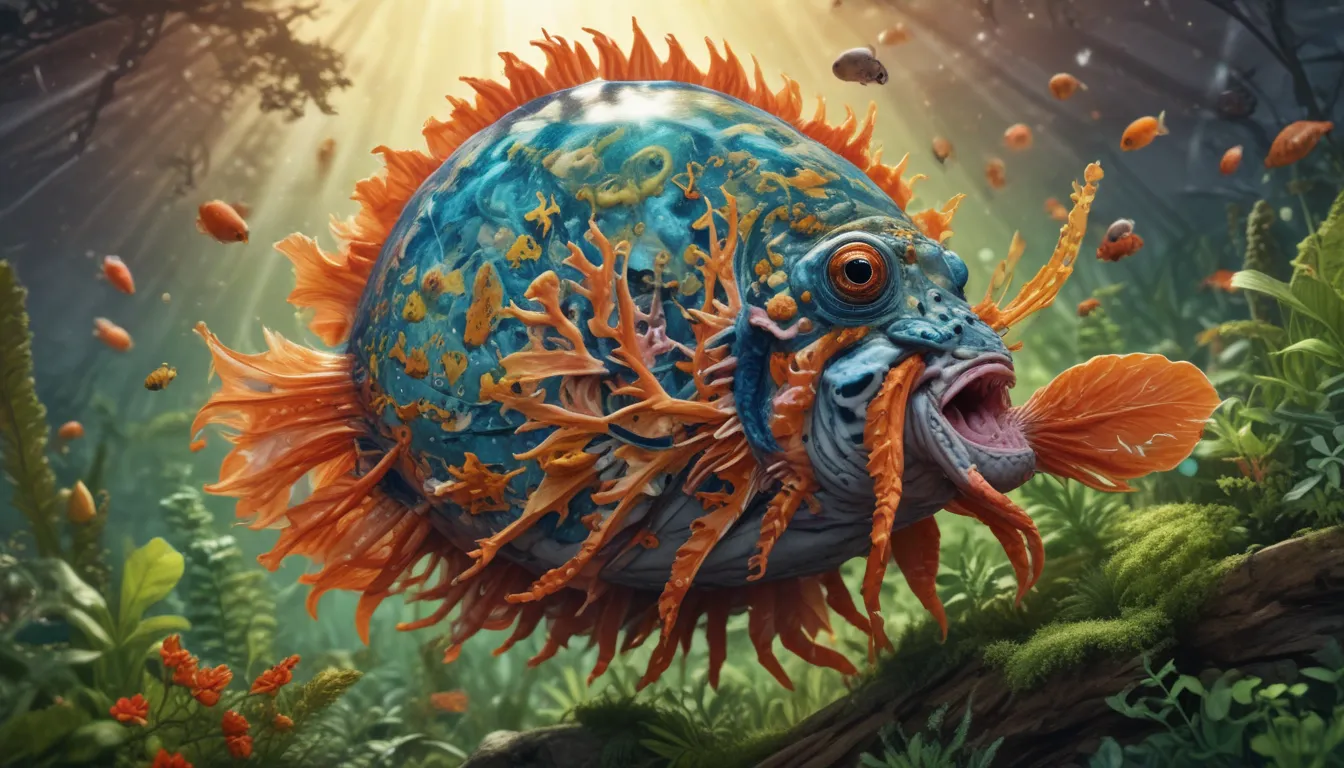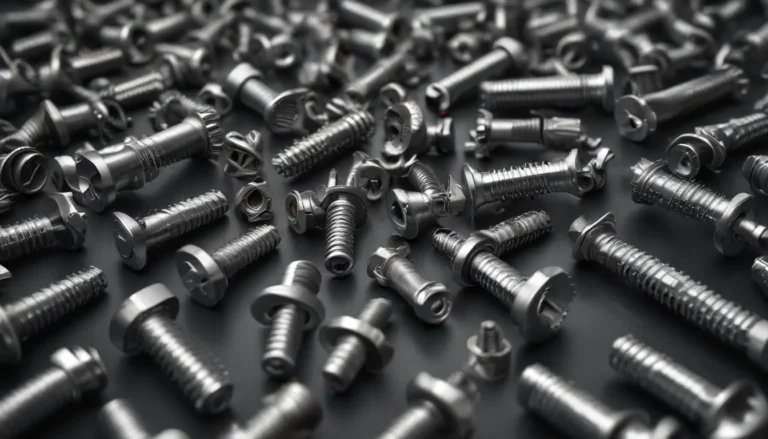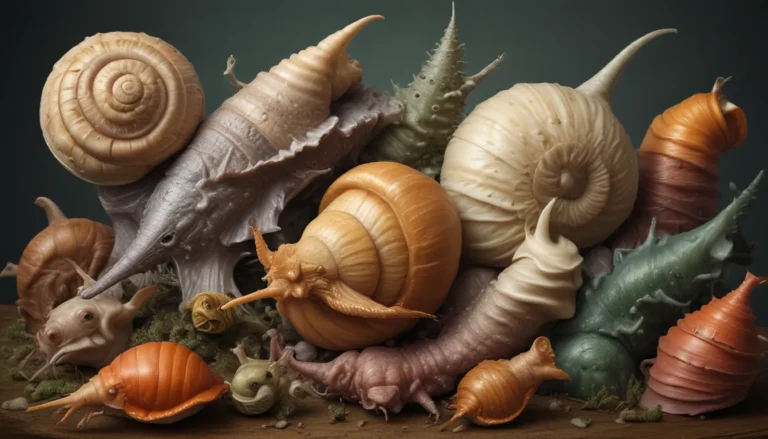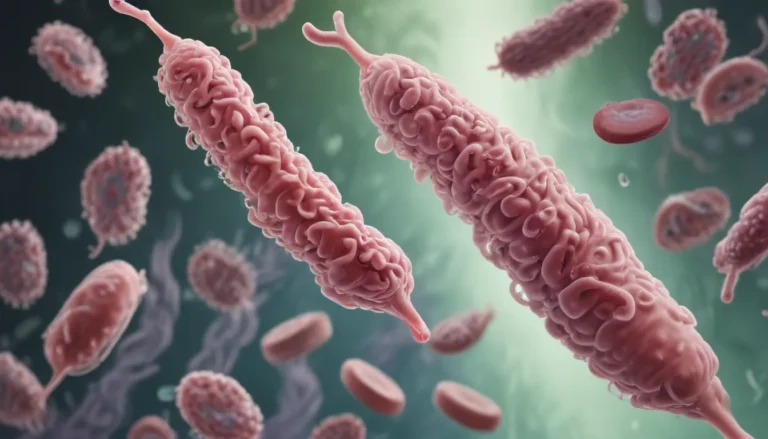A Note About Images: The images used in our articles are for illustration purposes only and may not exactly match the content. They are meant to engage readers, but the text should be relied upon for accurate information.
The animal cell, a remarkable structure at the core of all living organisms, is a complex network of specialized compartments working in harmony to sustain life. From the powerhouse of energy production, mitochondria, to the waste disposal system of lysosomes, animal cells are a testament to the ingenuity of nature’s design. In this article, we will embark on an enlightening journey through the microscopic world of animal cells, uncovering 18 captivating facts that shed light on their remarkable features and functions.
The Intricate World of Animal Cells
Animal cells are like tiny cities with different departments, each with a unique function, working together to ensure the cell’s proper functioning and overall health. The complex structure of animal cells, including the nucleus, cytoskeleton, and membrane, is essential for supporting various cellular activities and maintaining life.
Exploring the Eukaryotic Nature of Animal Cells
The animal cell is a eukaryotic cell, characterized by the presence of a true nucleus enclosed within a membrane. These cells are not only complex in structure but are also found in a wide range of organisms, including plants, animals, fungi, and protists.
Membrane-Bound Organelles in Animal Cells
Within the animal cell, various membrane-bound organelles serve specific functions that contribute to the cell’s overall functionality. These organelles include the nucleus, mitochondria, endoplasmic reticulum, Golgi apparatus, lysosomes, and peroxisomes, each playing a crucial role in cellular processes.
The Role of the Cell Membrane
The cell membrane, also known as the plasma membrane, regulates the movement of substances in and out of the cell. This selective permeability is essential for maintaining cellular homeostasis and facilitating various cellular processes.
Unique Features of Animal Cells
Unlike plant cells, animal cells lack a rigid cell wall and are surrounded by a flexible cell membrane that provides structural support and helps maintain the cell’s shape. The gel-like substance within the cell, known as cytoplasm, houses organelles and facilitates cellular activities.
Structural Support Through the Cytoskeleton
Animal cells contain a cytoskeleton, a network of protein filaments that maintains the cell’s shape, facilitates cell movement, and provides mechanical support. This structure is crucial for various cellular processes, including cell division and intracellular transport.
The Command Center: Nucleus
The nucleus serves as the control center of the cell, housing genetic material in the form of chromosomes. It regulates gene expression, controls cellular activities, and plays a key role in protein synthesis through the production of messenger RNA and ribosomes.
Protein Synthesis with Ribosomes
Ribosomes, responsible for protein synthesis, translate the genetic code from mRNA into functional proteins essential for cellular functions. These structures are found in the cytoplasm and attached to the endoplasmic reticulum.
Powerhouse of Energy: Mitochondria
Mitochondria are organelles that generate energy in the form of ATP through cellular respiration. This energy is vital for powering the cell’s metabolic activities and sustaining cellular functions.
Synthesis of Proteins and Lipids with Endoplasmic Reticulum
The endoplasmic reticulum, comprising rough and smooth regions, plays a crucial role in synthesizing proteins and lipids. The rough endoplasmic reticulum is involved in protein synthesis, while the smooth endoplasmic reticulum is responsible for lipid metabolism.
Processing and Packaging with Golgi Apparatus
The Golgi apparatus processes and packages proteins and lipids into vesicles for transportation to specific destinations within or outside the cell. It plays a vital role in the secretion of cellular products.
Cellular Waste Disposal: Lysosomes
Lysosomes are membrane-bound organelles containing digestive enzymes that break down biomolecules, old organelles, and foreign substances. They play a crucial role in cellular waste disposal and recycling.
Maintaining Homeostasis with Peroxisomes
Peroxisomes are involved in various metabolic processes, including the breakdown of fatty acids and detoxification of harmful substances. They play a crucial role in maintaining cellular homeostasis.
Cell Division and Organization: Centrioles
Centrioles are cylindrical structures involved in organizing spindle fibers during cell division. They play a crucial role in the separation of chromosomes and the formation of daughter cells.
Communication Through Gap Junctions
Animal cells can communicate through gap junctions, specialized intercellular connections that allow direct communication and the exchange of small molecules between adjacent cells. This process facilitates coordinated cellular activities.
The Significance of Membrane Potential
The membrane potential, created by the unequal distribution of ions across the cell membrane, is essential for maintaining cellular excitability, ion transport, and various physiological processes in animal cells.
Programmed Cell Death: Apoptosis
Apoptosis, or programmed cell death, is a regulated process essential for tissue homeostasis, development, and the elimination of damaged or unnecessary cells in multicellular organisms.
Diverse Shapes and Sizes of Animal Cells
Animal cells exhibit a wide range of shapes and sizes, reflecting their specialized functions within different tissues and organs throughout the body.
Unveiling the Marvels of Animal Cells
The animal cell, with its diverse organelles and intricate processes, is a testament to the awe-inspiring intricacy of life itself. Understanding the fundamental aspects of animal cells enriches our knowledge of biology and provides valuable insights into the building blocks of life.
Conclusion: Embracing the Complexity of Animal Cells
In conclusion, animal cells are complex entities that play a crucial role in the functioning of living organisms. From their diverse organelles to their unique functions, animal cells embody the intricacies of life at a microscopic level. As we unravel the mysteries of cellular biology, the significance of animal cells in scientific research and medical advancements becomes increasingly evident.
FAQs
What are the main components of an animal cell?
The main components of an animal cell include the nucleus, cytoplasm, cell membrane, mitochondria, endoplasmic reticulum, Golgi apparatus, lysosomes, and cytoskeleton. Each of these structures plays a vital role in the cell’s functions and overall health.
How does an animal cell differ from a plant cell?
Unlike plant cells, animal cells do not have a cell wall, chloroplasts, or a large central vacuole. Additionally, animal cells are generally smaller and more rounded in shape compared to the rectangular shape of plant cells. These differences reflect the distinct evolutionary paths and specialized functions of animal and plant cells.
Exploring the intricate world of animal cells unveils a fascinating realm of biological complexity. These remarkable structures, with their diverse organelles and functions, offer a glimpse into the wonders of cellular biology. As we continue to unravel the secrets of animal cells, we gain a deeper appreciation for the intricate machinery that drives life at its most fundamental level. Join us on this journey of discovery and marvel at the remarkable world of animal cells.






